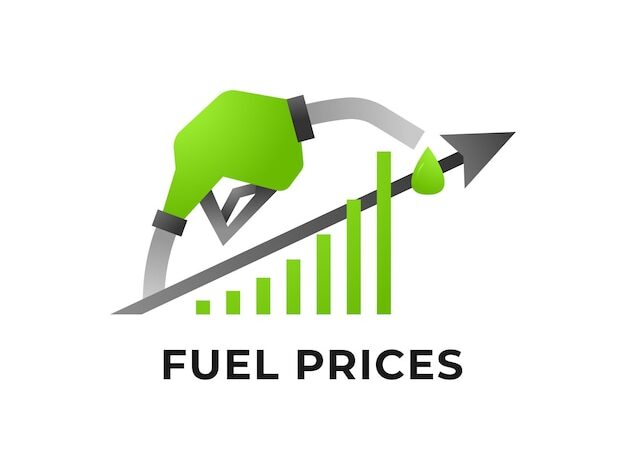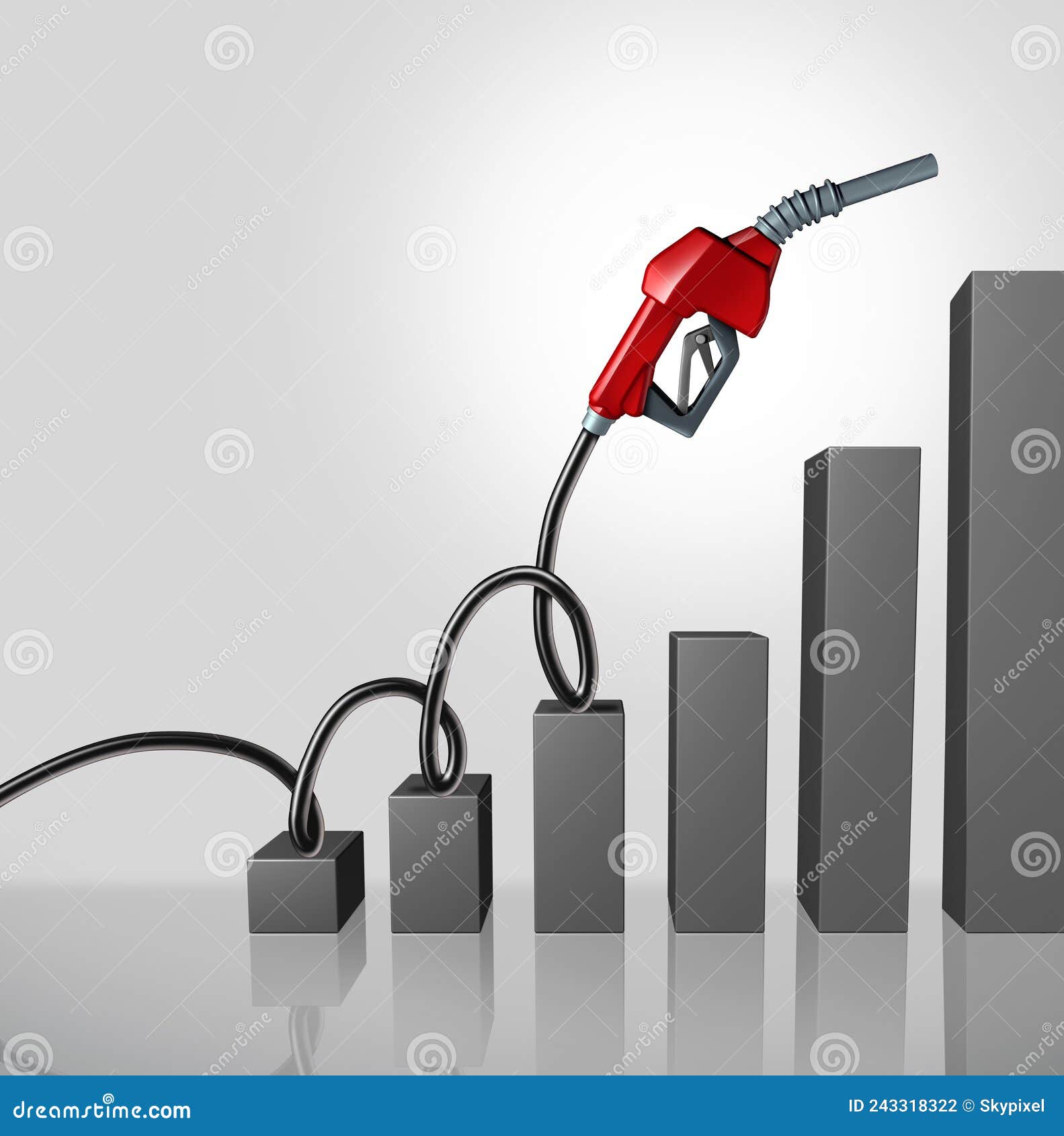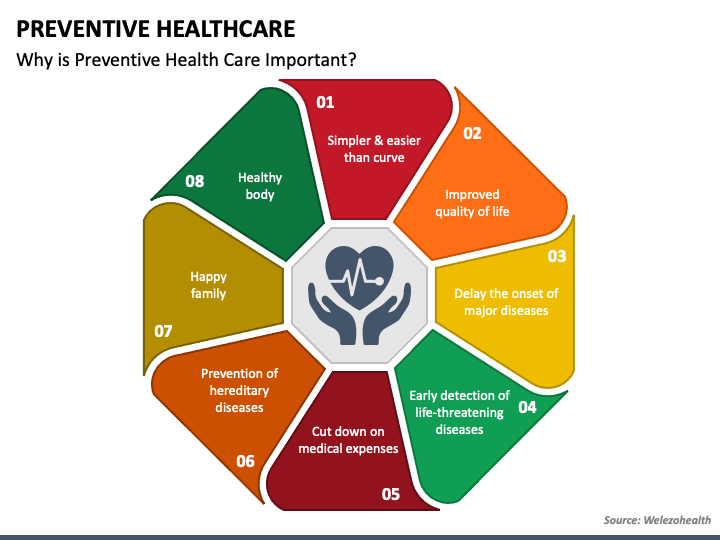Petrol Price Hike: What’s Driving the Surge?

Why Petrol Prices Are Surging Again: A Deep Dive
You’ve likely noticed it at the pump – that creeping feeling as the numbers tick over faster and faster. Petrol prices are on the rise *again*, and it’s impacting everyone. But what’s driving this latest surge? It’s rarely a simple answer, and a complex interplay of global events, economic factors, and even seasonal trends are at play. This post will break down the key reasons behind the increasing cost of filling up your tank, and what you can expect in the coming months.
The Global Oil Market: The Foundation of Petrol Prices
At the heart of petrol prices lies the global oil market. Crude oil, the raw material for petrol, is traded internationally, and its price is the biggest single component of what you pay at the pump. Several factors are currently pushing crude oil prices upwards.
OPEC+ Production Cuts: The Organization of the Petroleum Exporting Countries (OPEC) and its allies (including Russia – hence “OPEC+”) significantly influence global oil supply. Recently, OPEC+ announced further production cuts, reducing the amount of oil available on the market. This deliberate reduction in supply, while intended to stabilize prices, has the effect of driving them up when demand remains consistent or increases. The rationale behind these cuts often revolves around maintaining a certain price level to benefit member nations.
Geopolitical Instability: Global events have a huge impact. The ongoing conflict in Ukraine continues to create uncertainty in the energy markets. Russia is a major oil producer, and sanctions and disruptions related to the war have limited its ability to export oil, further tightening supply. Tensions in other oil-producing regions, such as the Middle East, also contribute to price volatility. Any perceived threat to oil infrastructure or shipping lanes immediately sends prices higher.
Increasing Global Demand: As the world economy recovers from the pandemic, demand for oil is increasing. China, in particular, is a major driver of this demand. As China’s economy grows, so does its need for energy, putting upward pressure on oil prices. Increased travel, both domestically and internationally, also contributes to higher demand for petrol.

Beyond Crude Oil: Refining Costs and Distribution
While crude oil is the biggest factor, it’s not the *only* one. The journey from crude oil to petrol at your local station involves several stages, each adding to the final price.
Refining Costs: Crude oil needs to be refined into petrol, diesel, and other products. Refining is a complex and energy-intensive process. Refinery capacity is limited, and disruptions to refineries (due to maintenance, weather events, or unforeseen issues) can significantly impact petrol supply and prices. Increased demand for refined products also drives up refining margins – the profit refineries make – which are passed on to consumers.
Distribution and Marketing: Getting petrol from the refinery to your local station involves transportation (pipelines, tankers, trucks) and marketing costs. These costs, while smaller than crude oil and refining, still contribute to the overall price. Distance from refineries, local competition, and station operating costs all play a role.
Government Taxes and Policies
Fuel Taxes: A significant portion of the price you pay at the pump is made up of taxes. These taxes vary considerably from country to country, and even within countries (state/provincial taxes). Fuel taxes are often used to fund road maintenance, infrastructure projects, and other government programs. Changes in fuel tax rates directly impact petrol prices.
Environmental Policies: Policies aimed at reducing carbon emissions, such as carbon taxes or mandates for renewable fuels, can also influence petrol prices. These policies often increase the cost of producing and distributing petrol.
Seasonal Trends and Future Outlook
Seasonal Demand: Petrol demand typically increases during the summer months as people travel more for vacations. This increased demand puts upward pressure on prices. Similarly, winter demand for heating oil can also impact the overall oil market.
What’s Next? Predicting future petrol prices is notoriously difficult. However, several factors suggest that prices are likely to remain elevated in the near term. Continued OPEC+ production cuts, geopolitical instability, and strong global demand will likely keep crude oil prices high. The possibility of further disruptions to oil supply, whether due to geopolitical events or weather-related issues, adds to the uncertainty.
Potential for Relief: A significant slowdown in the global economy could reduce demand for oil and potentially lower prices. Increased oil production from non-OPEC+ countries, such as the United States, could also help to ease supply constraints. However, these scenarios are not guaranteed.
What Can You Do? While you can’t control global oil markets, you can take steps to mitigate the impact of rising petrol prices. Consider carpooling, using public transportation, walking or cycling for short trips, and driving more efficiently. Maintaining your vehicle properly (tire pressure, engine tune-ups) can also improve fuel economy. Finally, comparing prices at different petrol stations can help you find the best deal.
Staying Informed: Keep an eye on news and analysis from reputable sources to stay informed about developments in the oil market and their potential impact on petrol prices. Understanding the factors at play can help you make informed decisions and prepare for future price fluctuations.



